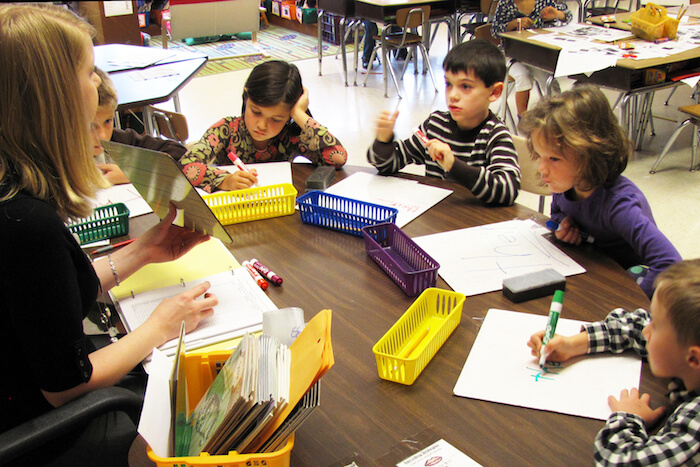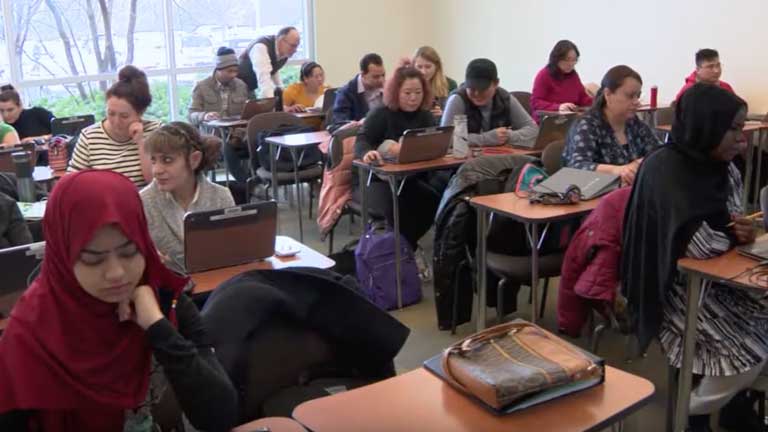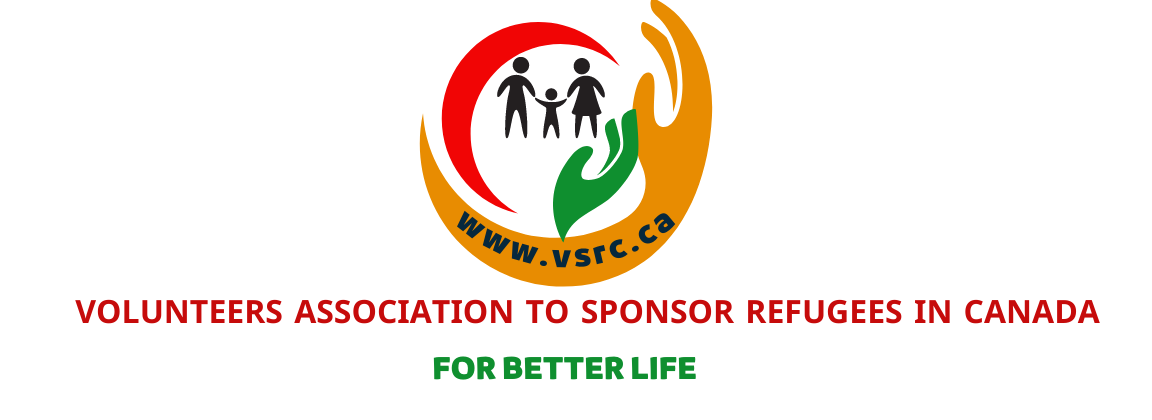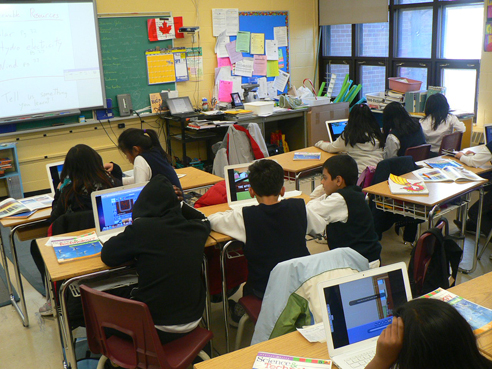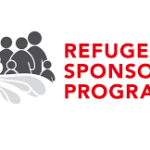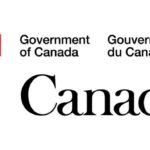Learn about education in Canada
In Canada, it’s the law that children get an education. It’s the parent’s responsibility to make sure children get enrolled in and attend school. Depending on where you live, there are many schooling options to choose from. There are also different ways to get involved in those communities. This is because each province and territory runs its own school system.
Each system is similar, but there are some important differences. The difference reflect the priorities of that provincial or territorial government.
Canada doesn’t have a federal department or national system of education.
- Education in Canada: How to enrol or apply
- Understand the different types of Canadian schooling
- Learn about life in Canadian schools
Language testing
If English or French is not your first language, you may need to take a language test. The school will give you a list of tests that it accepts and the score you need to get.
Learn about education in Canada
Enrol in or apply to a school
In Canada, you have to apply or enrol in a school depending on the level of school you’re interested in and where you live.
Enrol in primary (or elementary) and secondary (or high) school
Documents you’ll need for enrolment
birth certificate
proof of guardianship or custody
proof of residency
record of immunizations (to prove that your child’s vaccines are up to date)
more than one school to choose from in your region.
Tip: If there is more than one school to choose from in your region, enrol well before the school year begins to make sure you get a spot in the school you prefer.
The first time a child is enrolled in a Canadian school, the school or school board will
assess their education level
decide
what level they should be placed at
whether they need free support (like English or French language classes)
There are also settlement workers in many schools who can help students adjust and get help if they need it.
Apply to a post-secondary school
To attend a post-secondary school, you have to apply and be accepted to a program of study. You can apply to any program that interests you. You’ll only be offered a spot in a program if you meet the school’s admission requirements.
Language testing
If English or French is not your first language, you may need to take a language test. The school will give you a list of tests that it accepts and the score you need to get.
If you’re interested in a certain post-secondary school, you can contact the school directly for more information about the program they offer, what the requirements are and how to apply.
Every school and program has its own admissions requirements that you have to meet. Some programs also have limited space available. If a program is very popular, it may be harder to get in.
Research the programs that you’re interested in well ahead of the application deadline, so you have enough time to understand and meet the application requirements.
Types of schooling in Canada
Understand the different types of Canadian schooling
There are 3 types of schooling in Canada :
primary (elementary)
secondary
post-secondary
Primary (or elementary) school
Primary education is generally for kids 5 to 12 years old. This usually includes
preschool (optional)
kindergarten
grade 1 to 6
Secondary (or high) school
Secondary education is generally for kids 12 to 18 years old. This group usually includes Grades 7 to 12.
Post-secondary
With the right educational credentials, anyone can apply to attend a post-secondary school.
Learn about life in Canadian schools
Some private schools accept only boys and others accept only girls.
In most Canadian schools, boys and girls learn together in the same classroom. Students are taught by teachers, who often have a university education.
Each province and territory has defined a set of skills and classes that students must learn in each grade. This is called a curriculum.
Throughout the school year, students get a report card that shows their progress. Your child must show that they’ve learned the curriculum to go to the next grade. The province or territory sets the passing grade.
Each school will also provide the textbooks that students need. Parents or guardians usually provide other school supplies, like pencils, paper and notebooks.
Many schools have a dress code or require that students wear a uniform.
Video: Education in Canada: an overview of the elementary and secondary school system
For more information about education in Canada, you can visit the IRCC website in the attached link

